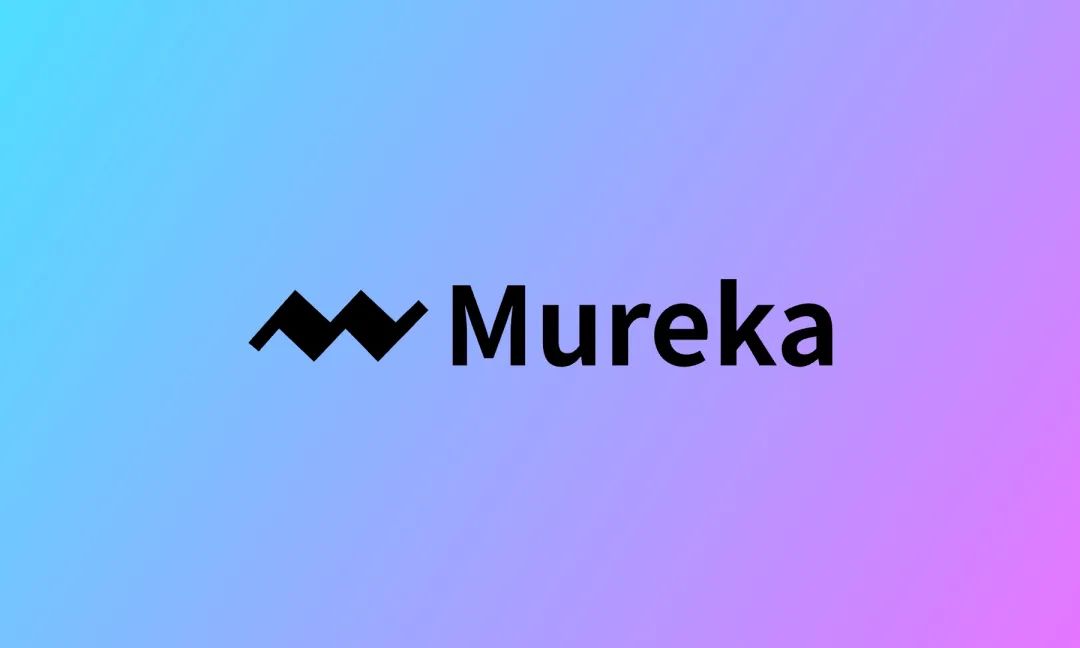华为任正非终于开口了
|
或许大家已经在媒体上听说过了,华为(Huawei)创始人兼CEO任正非最近打破了不接受媒体采访的惯例。这位低调的CEO最近在新西兰的惠灵顿首次接受了小范围的媒体采访,谈到了近来针对华为的网络安全问题的顾虑以及他的党员身份。华为的故事远远比媒体广泛报道的更为复杂。 自从华为公司创立以来,任正非已经担任了25年的CEO了,不过他最近启用了一个不同寻常的管理架构。在他下面,有三名“轮值CEO”对公司进行管理,每六个月轮值一次。这三名轮值CEO中很可能有人在不久的将来被“扶正”,而且他们也不像任正非那样害怕面对媒体。实际上,这家中国电信巨头正在发动一场魅力攻势。比如今年,华为在巴塞罗纳的全球移动大会上的风头可谓是压倒性的。华为的广告无处不在,而且它设置了两个大展台,一个用来展示华为的消费性手持产品和平板电脑,另一个用来展示旗下的电信设备。同时它也展出了自称为“全球最快智能手机”的Ascend P2。 《财富》最近采访了华为的三位轮值CEO之一的郭平,请他阐述了华为轮值CEO制度具体的实施情况【包括SAP和黑莓(BlackBerry)在内的好几家科技公司都有两人以上共同担任CEO的历史,但是由三人轮流担任CEO的制度还是很不同寻常】。郭平通过一名翻译向我们解释了每名轮值CEO如何在各自的任期内负责公司的财务业绩,以及如何负责化解危机。一旦某一名轮值CEO的任期到了,他就会重返原先的业务部门负责先前的工作,不过仍然有权通过一个七人的高管团队对公司重大决策进行发言。以下摘录了郭平当时的一些受访内容: 贵公司的领导结构不同寻常,它是怎样工作的?
首先,我来介绍一下,我们是怎样想到实施轮值CEO制度的。我记得2004年,纽约的咨询机构美世(Mercer)帮助我们设立了高管团队。他们最开始的目标是希望任先生担任这个团队的主席,可是任先生不想那样安排,而且他也不想担任这样一个主席的职位。他希望其他高管团队成员可以轮流担任高管团队的主席。所以我们从2004年到去年就是这样做的。也就是说原来是八个人轮流担任高管团队的主席,而到了2012年,开始由三人轮流担任CEO。如果你是轮值CEO的话,你有两个主要职责,第一是他必须要负责财务业绩,第二是要负责处理紧急状况和危机管理。高管团队的其他七个人则作为一个团队实行集体决策,比如决定晋升高层经理或改变薪资结构。在一名轮值CEO结束任期后,他就会加入到这个七人团队,参与集体决策。 那么每一个决策都是由大家的共识推动的吗?
不同的事务有不同的决策机制。有些事轮值CEO可以自主决策,也有些事只要大多数高管团队成员同意就可以通过,还有些事需要提交董事会批准。所以我们每个月都要举行董事会全体会议。高管团队的七个人也是董事会成员。 |
You may have read that Ren Zhengfei, founder and chief executive officer of Chinese telecommunications giant Huawei, has finally broken his media silence. The reclusive CEO gave his first public media briefing in -- of all places -- Wellington, New Zealand, where he addressed security concerns about his company and his involvement in China's Communist Party. There's more to the story than the headlines making the rounds today suggest. While Ren is the official chief executive of Huawei -- and has been since the company's founding two and a half decades ago -- he recently initiated an unusual governance structure in which three "rotating acting CEOs" work under him and shift power every six months. And those interim CEOs -- who are quite possibly being groomed to take over the company someday soon -- aren't as gun-shy around the media. In fact the Chinese titan has been on a charm offensive of sorts. Its presence, for example, at this year's Mobile World Congress in Barcelona could be described as overwhelming. Its ads were everywhere, and the company set up two sprawling booths -- one to showcase its consumer handsets and tablets and another to display telecom equipment. It also touted its Ascend P2, which it dubbed the "world's fastest smartphone." Fortune recently caught up with Guo Ping, one of Huawei's rotating acting CEOs, to find out more about how the executive rotation works. (Several tech companies, including SAP (SAP) and BlackBerry (BBRY), have a history of co-CEOs, but having three chief executives taking turns at the helm is far from common.) Through an interpreter, he described how during each stint, the rotating acting CEO is responsible for the company's financial performance and is expected to take the lead in any crisis. Once their turn is up, they go back to their regular corporate duties and still have a say in the company's decisions via a seven-person executive management team. Here is some of what he said at the time: Your leadership structure is unusual. How does it work? I think first of all I can introduce to you how we came to this system of rotating. I remember that in 2004 Mercer [a New York-based consulting firm] helped us establish our executive management team [EMT]. Their initial proposal was that Mr. Ren would be the chair of the EMT. However, Mr. Ren did not want to work like that and he did not want to take such a chair position. He wanted the other members to rotate and chair the EMT. So that's what we did from 2004 to last year. So in the past there used to be eight people rotating as chair of EMT, and now in 2012 three people became the rotating CEO. There are two major responsibilities if you are a rotating acting CEO. Number one is he or she is responsible for the financial results and number two is to take the lead in emergencies or crisis handling. The other seven people [on the EMT] make collective decisions as a team, for promotion of high-level managers or changes in salary structures. And after one's term as a rotating CEO, he or she will still be in this seven-person team and participate in this collective decision-making. So is every decision consensus driven? For different matters there are different mechanisms to make decisions. There are some matters where the rotating active CEO can make decisions by themselves and there are some matters where if the majority agrees they can pass. And there are also some other matters that need to be submitted to the board for approval. So we have the all hands meeting for the board every month. And these seven people [from the EMT] are also members of the board. |






